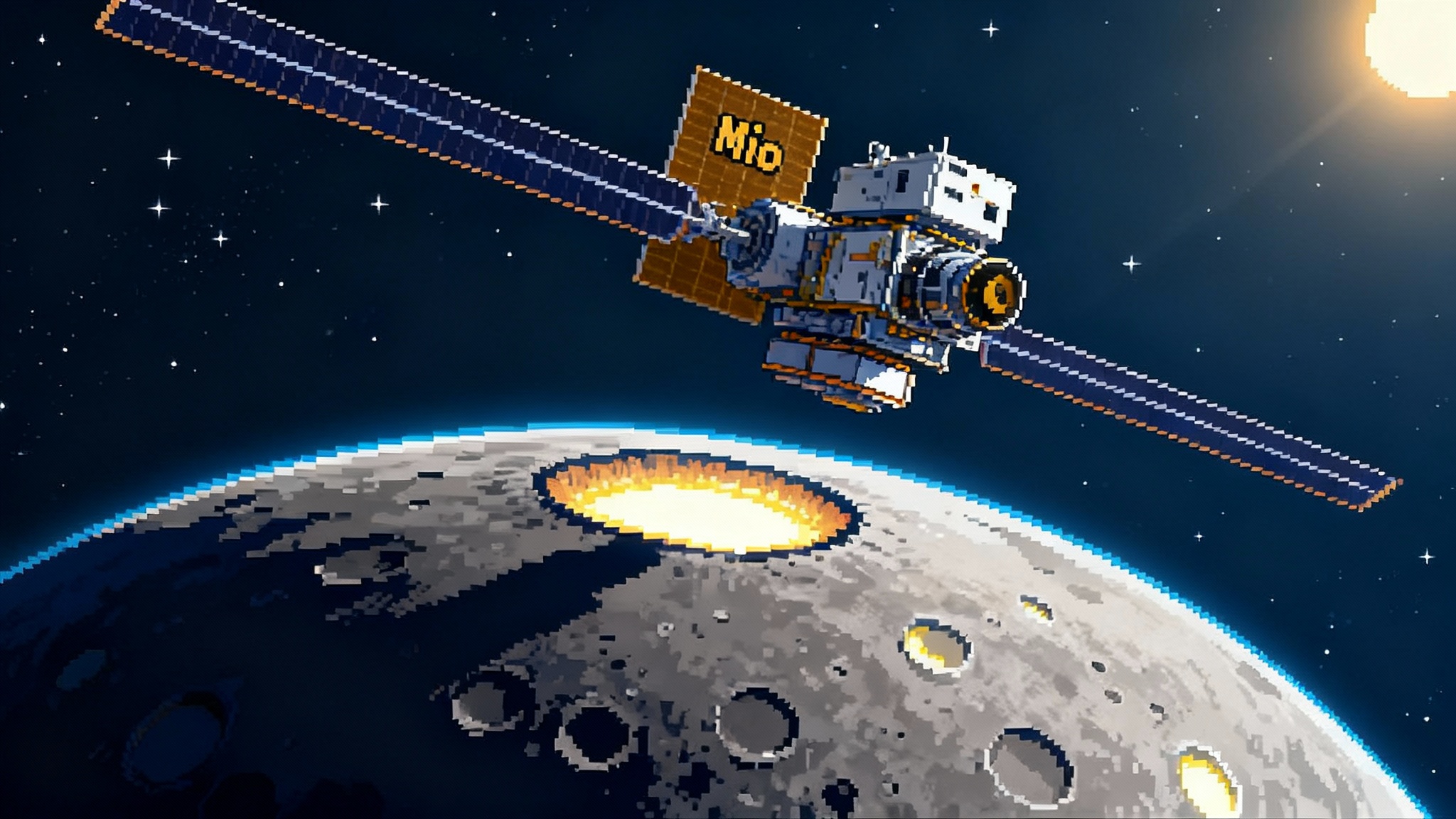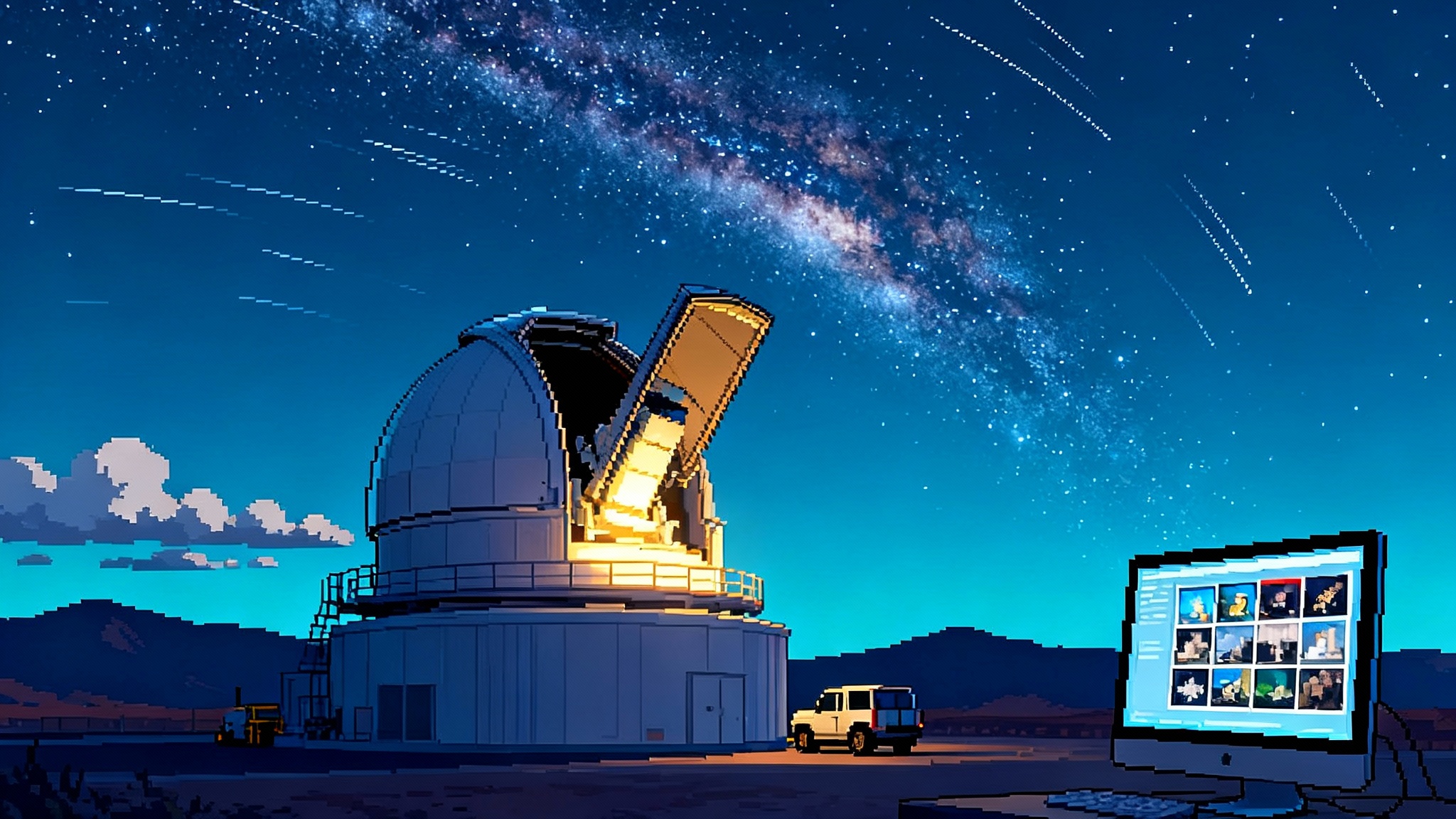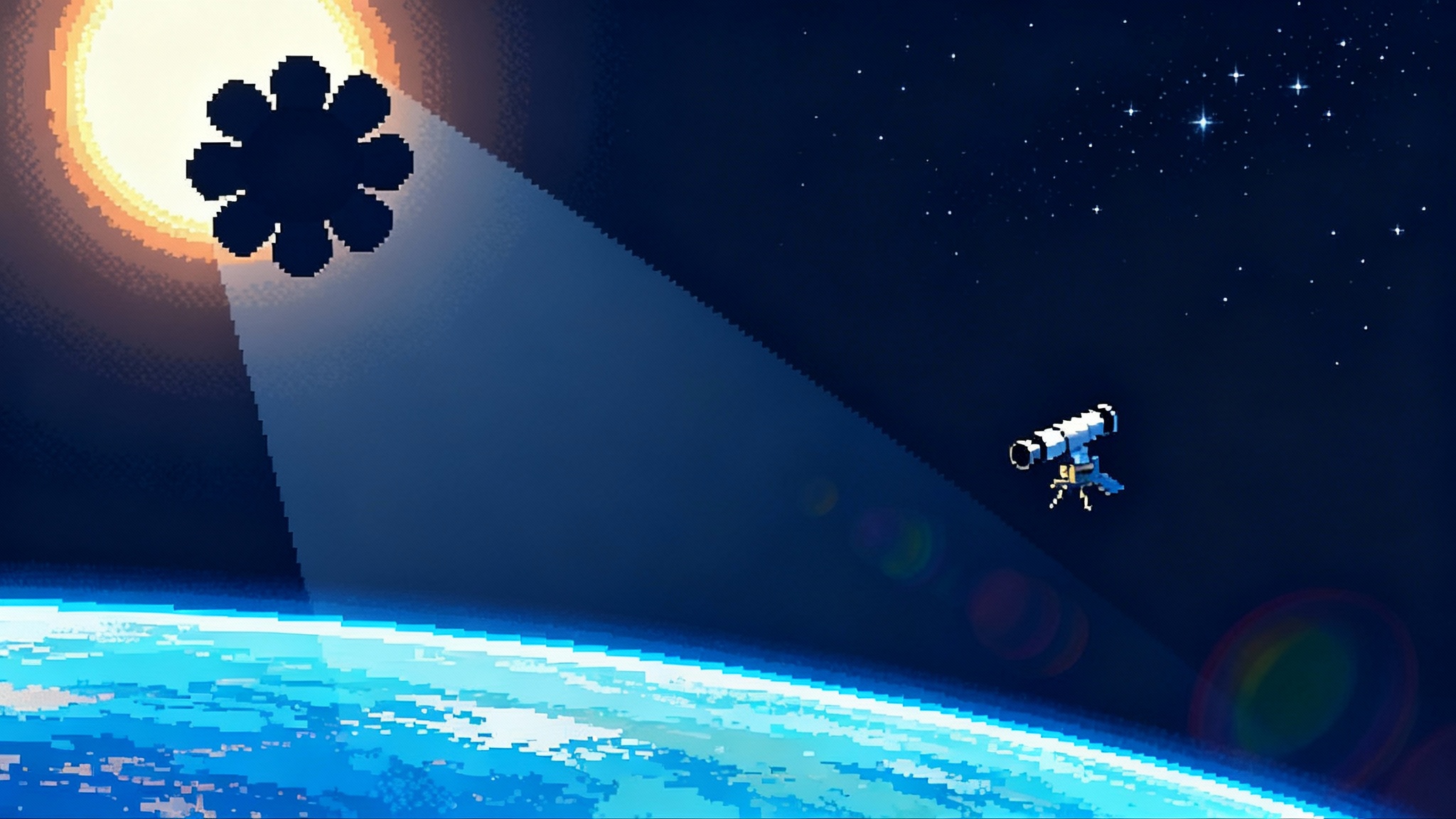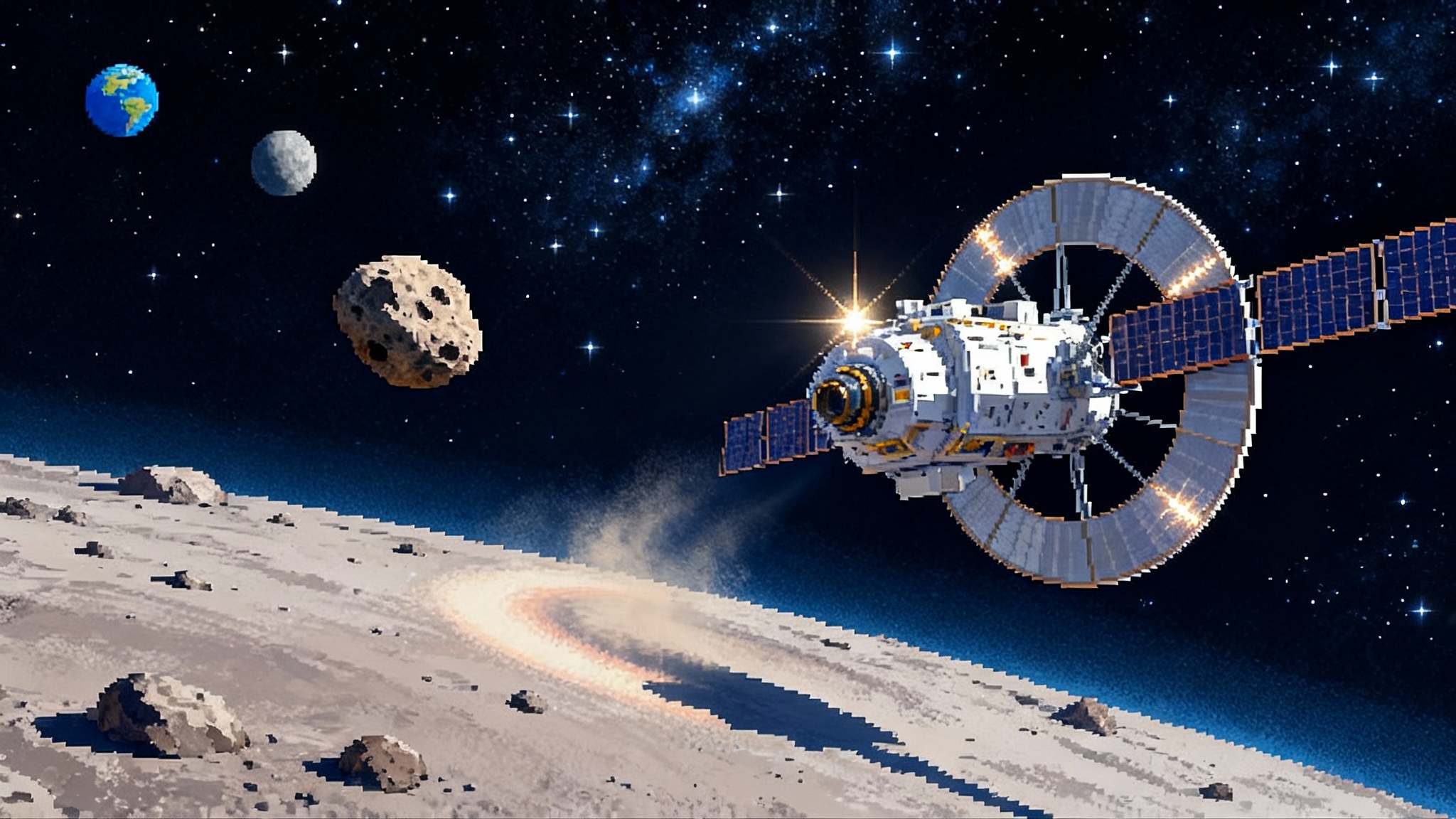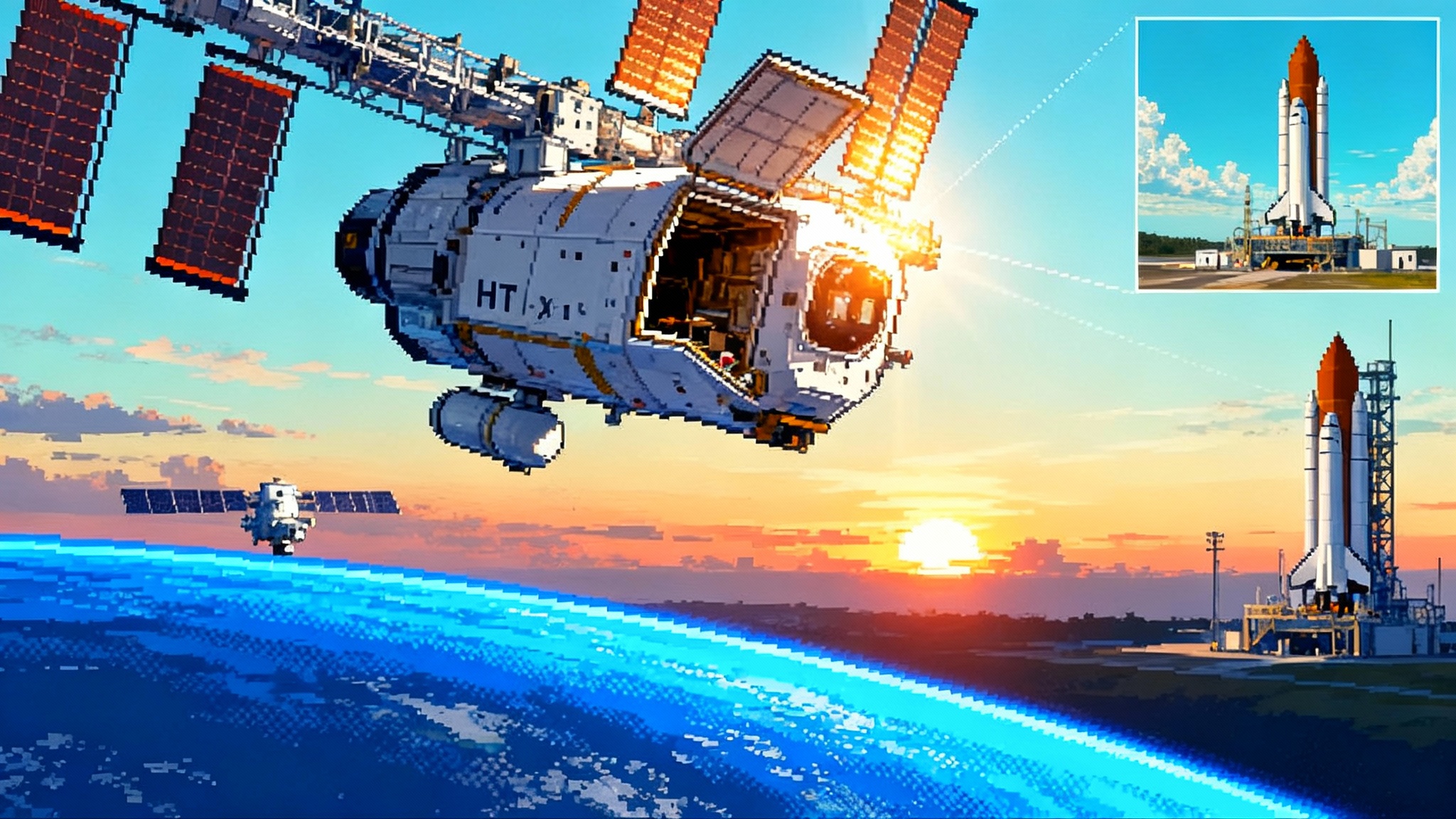OSIRIS-APEX Gets a Lifeline to Shadow Apophis in 2029
Congress preserved a critical funding lane for NASA’s OSIRIS-APEX, keeping the Bennu-proven spacecraft on course to watch Apophis skim past Earth on April 13, 2029. Here is what the mission will do, why it matters for planetary defense, and how a possible European partner could amplify the science.

Breaking: Congress just kept the Apophis plan alive
The most nail-biting line item in planetary science this fall was not a new flagship probe. It was a modest sum that decides whether an already built spacecraft keeps flying. In late 2025, congressional appropriators preserved a funding lane for NASA’s OSIRIS-APEX through the next budget cycle, with committee language that directed at least $20 million for the mission in fiscal planning. That line in the Senate appropriations report may be small compared with marquee programs, but for OSIRIS-APEX it is oxygen. It allows the team to maintain deep-space operations, keep navigation on schedule, and reach a once-in-a-lifetime lab experiment nature is setting up for April 13, 2029.
This is not funding for a paper spacecraft. OSIRIS-APEX is the proven OSIRIS-REx platform that dropped the Bennu sample in Utah in 2023, then turned back to interplanetary space under a new name and a new target: the near-Earth asteroid Apophis. The mission has already survived multiple scorching passes near the Sun, adopted a heat-shielding attitude that uses a solar array as a shade, and completed its first Earth gravity assist in September 2025. The budget lifeline ensures that cruise operations, navigation updates, and instrument checkouts continue without a costly pause.
What happens on April 13, 2029
On April 13, 2029, Apophis will skim past Earth at roughly 20,000 miles above the surface, closer than our geostationary satellites. That distance is near enough for Earth’s gravity to tug hard on the 340-meter body, altering its spin, stretching its interior, and likely triggering surface motion in weak spots. Think of Earth as a giant tuning fork. As Apophis passes, tides ring through the asteroid. If Apophis is a classic rubble pile with boulders and dust loosely held together, that ringing can induce small quakes. It can also change the asteroid’s day length by minutes or hours, depending on its internal structure and orientation at closest approach.
OSIRIS-APEX will be in position to watch, measure, and then test the surface directly. The spacecraft carries a familiar toolkit from its Bennu campaign: a trio of cameras to image changes, visible and infrared spectrometers to map minerals and temperature, and a laser altimeter to build shape models with centimeter precision. After the flyby, the team plans controlled low-altitude passes where the spacecraft dips toward the surface and fires its thrusters to loft dust and pebbles. This is a simple but powerful experiment. By disturbing the upper centimeters, scientists can read fresh material like tree rings and infer how tightly grains are packed, what minerals hide below the weathered rind, and how easily a regolith like this would respond to a deflection attempt. NASA lays out this approach in its OSIRIS-APEX mission overview, and it is the key that turns a rare celestial event into a rigorous small-body physics lab.
Why this is the decade’s pivotal small-body and planetary-defense experiment
-
A natural stress test of a real asteroid. Most of what we know about how rubble-pile asteroids respond to forces comes from models, lab beds of sand or glass beads, and a few controlled experiments like DART’s impact at Dimorphos. Apophis gives us a controlled shock from a planetary flyby. We do not need to simulate gravity tides. Earth provides them at full scale on a known schedule. For context on post-impact follow-ups, see our Hera’s Mars flyby preview.
-
A different class of target. While Bennu and Ryugu are carbon-rich, Apophis is an S-type, a stony asteroid dominated by silicate minerals and mixed nickel-iron. Many of the larger potentially hazardous asteroids we track fall in this category. If a future deflection campaign ever targets a body like Apophis, we need to know how a stony rubble pile behaves under stress. Do grains lock up or flow? Do boulders settle like river cobbles or slide like scree down a slope? OSIRIS-APEX’s images before, during, and after the flyby will answer in a way that scales to real-world hazard planning.
-
Direct measurements of interior hints. Spin changes are not just trivia. A measurable change in day length helps constrain how mass is distributed inside the asteroid. Picture a figure skater pulling in arms to spin faster. If Apophis speeds up or begins to tumble differently, that tells us whether it is compact in the center or more like a hollow pile. Combined with the laser altimeter’s shape models and spectrometer temperature maps, the spin data tie surface physics to interior structure.
-
Timing that fills a global blind spot. In the hours after closest approach, Apophis will be too near the Sun in the sky for ground telescopes. Spacecraft are the only way to see what happens immediately after the gravitational squeeze. OSIRIS-APEX sits in that gap by design, with an operations plan that captures the before, the during, and the after. Ground surveys will still matter before and after the pass. See how cadence can surge in our Rubin’s year of discovery.
-
A materials test we cannot do from Earth. By firing thrusters near the surface, OSIRIS-APEX creates a known disturbance that lets scientists compare natural landslides with a calibrated push. If grains loft easily, a kinetic impactor or a gravity tractor could be more effective than we think. If nothing moves, it implies cohesion or cementing in the regolith that would complicate a deflection.
How RAMSES could make it a two-spacecraft symphony
Europe’s proposed Rapid Apophis Mission for Space Safety, or RAMSES, is designed to reach Apophis ahead of the flyby, stay through the close pass, and deploy two small CubeSats for detailed studies. Ministers are scheduled to decide on RAMSES funding at the European Space Agency’s council this month. If approved, RAMSES would target a 2028 launch and arrival in early 2029, giving Europe a second set of eyes on the exact same event. China’s growing small-body playbook underscores the value of diverse approaches, as seen in our look at how Tianwen-2 targets Kamoʻoalewa.
Here is why dual coverage matters:
- Cross-calibration. If both spacecraft image the same landslide scar or boulder field from different angles and at different times, scientists can derive precise 3D changes instead of relying on one viewpoint. That lowers error bars on slope changes and regolith flow rates.
- Before-after baselines. RAMSES arriving early would build a comprehensive pre-flyby atlas. OSIRIS-APEX would then bracket the flyby and run the thruster plume experiment. Together, the two missions could separate what Earth’s tides caused and what the spacecraft itself induced.
- CubeSat micro-instruments. If RAMSES deploys a dust analyzer or radar, it could sniff particles lofted during quakes and peer a few meters beneath the surface. That would complement OSIRIS-APEX’s spectrometers and shape models, closing the loop between chemistry, mechanics, and small-scale layering.
- Planetary-defense rehearsal. Two agencies working the same target is not redundancy, it is practice for a future rapid response. Coordination between NASA, ESA, and partners like the International Asteroid Warning Network is a core capability we will want long before a real threat appears on the risk list.
The science in plain language
-
Tidal quakes. As Apophis passes Earth, gravity pulls harder on the near side than the far side. That difference in pull is a tide. In a rubble-pile asteroid, tides can jostle boulders, shake grains loose, and send pebbles sliding. Imagine standing on a gently vibrating treadmill covered with marbles. Some roll downhill, some hop, and a few wedge into new cracks. OSIRIS-APEX will look for fresh streaks, exposed patches, and changes in rock shadows that signal motion.
-
Spin changes. Apophis currently rotates about once every 30.6 hours. Models suggest that a close planetary pass can speed up or slow down the rotation and even start a slow tumble. A measurable change tells us how rigid the interior is. If the body is stiff, it behaves more like a solid rock. If it is loose, it redistributes mass and changes spin more easily. Measuring this change to seconds or minutes requires high-precision landmarks and repeated images, which is why the mission will keep watching for months.
-
Landslides and resurfacing. Space weather darkens and reddens asteroid surfaces over time. If the flyby sands portions of Apophis clean, we will see brighter, fresher patches. Comparing color and texture maps before and after lets scientists estimate how much material moved and where it came from. That matters for understanding how asteroid surfaces refresh over time, which in turn affects how we interpret telescope spectra globally.
-
Thruster plume experiment. When OSIRIS-APEX dips low and fires its engines, it creates a tiny artificial gust. How high dust lofts and how quickly it settles reveal the size distribution and stickiness of grains. If the plume barely moves anything, engineers learn that the surface is compacted or cemented. If it makes a snow-globe of glitter, they learn it is fluffy. Both outcomes teach us which deflection methods could couple energy most effectively to a surface like this.
Milestones to watch, from perihelion to approach ops
- May 2025: Perihelion No. 3. OSIRIS-APEX completed its next close brush with the Sun in May, using the shade-panel configuration that keeps sensitive avionics within safe temperatures. After each perihelion, engineers downlink health data, recalibrate instruments, and update navigation.
- September 23, 2025: Earth gravity assist No. 1. The spacecraft used Earth’s gravity to bend and speed its solar orbit, while turning cameras toward the Earth-Moon system for instrument calibration and public imagery. Gravity assists are the free fuel of deep-space navigation.
- 2026 to 2028: Cruise, checkouts, and more Sun-skimming passes. Expect periodic updates after each perihelion, plus at least one more Earth gravity assist in the late 2020s to dial in the arrival geometry. The team will practice proximity operations, refine hazard maps, and choose the first low-altitude thruster test points.
- Early April 2029: Approach imaging begins. About two weeks before closest approach, OSIRIS-APEX will start a high-cadence imaging campaign to build a fresh shape model and to capture any pre-pass shedding of dust or small fragments.
- April 13, 2029: The main event. As Apophis skims over Earth’s dayside, OSIRIS-APEX will watch for slope streaks, boulder shifts, and daylight temperature changes that betray internal stress. In the hours after, while Earth’s observatories are blinded by solar glare, the spacecraft will have the field to itself.
- Mid to late 2029: Low-altitude passes and thruster plume tests. Once the immediate post-flyby imaging wraps, the team will dip to tens to a few hundreds of meters altitude to conduct plume experiments. Expect the most detailed mineral maps yet of an S-type rubble pile and time-lapse surface changes that read like a natural experiment logbook.
- Through 2030: Comparative mapping and spin-state tracking. With months of post-flyby data, the team can quantify how much the asteroid’s day length changed and whether any new tumble persists. Longer baselines reveal slow slides and thermal changes that a short visit would miss.
If RAMSES is approved, pencil in a 2028 launch and an early 2029 rendezvous. That would add a pre-flyby mapping campaign and possibly CubeSat deployments that sniff dust and probe a few meters below the surface.
What to watch for in the data
- Instant changes vs slow drifts. Look for immediate slope scars and fresh boulder tracks in images taken within days of closest approach. Then watch for months-long drifts in dust that point to a lingering spin-state change.
- Thermal signatures. Freshly exposed material often has different thermal inertia. If the spectrometers see patches that heat and cool faster, it likely means new material is at the surface.
- Spin period updates. Small changes in the rotation period are easy to miss without a dedicated campaign. Expect the team to publish refined day length measurements after several weeks of landmark tracking.
- Particle environments. If quakes kick up dust, the cameras may catch faint halos or streaks. A particle-rich environment would also influence how close the team is willing to fly for thruster tests.
The planetary-defense payoff
There is a practical, nuts-and-bolts outcome from all of this. Deflecting a future threat will be a chain of decisions under time pressure. Which technique buys the most margin for a particular asteroid type. How stable the surface will be under a tug or a shove. How the interior might absorb or amplify a jolt. OSIRIS-APEX turns hand-wavy assumptions into measured coefficients. It ties surface mechanics to interior hints and compares natural tides to an engineered nudge. RAMSES, if it flies, adds complementary angles and instruments. Together they build a playbook for bodies that pass by our planet on timescales that matter to civilization.
What this means now
The late-2025 budget lifeline does more than keep the lights on. It preserves schedule credibility. In deep space, navigation is a long math problem solved by tiny course changes and patience. Losing a year would mean re-solving that problem under worse conditions or missing the event entirely. Keeping OSIRIS-APEX funded avoids that spiral.
It also sends a message that small, agile missions can turn success into momentum. A sample-return spacecraft is not retired to a museum. It becomes a rapid-response physics lab aimed at this decade’s most valuable natural experiment.
The bottom line
April 13, 2029 will be the best-observed stress test of a large near-Earth asteroid in history. OSIRIS-APEX now has the budget runway to be there, cameras on, instruments calibrated, and engines ready to stir the dust. If RAMSES joins, the science doubles and the planetary-defense rehearsal gets real. The next steps are clear. Keep the spacecraft healthy through its remaining Sun-skimming laps. Practice the approach. Coordinate global observations so we can stitch a full timeline from first approach through the last landslide. Then let physics write the final exam.
The payoff is not just a pretty flyby. It is a sharper map of how stony rubble piles live, change, and yield to force. That is the knowledge you want in hand long before an asteroid does not just pass by.
